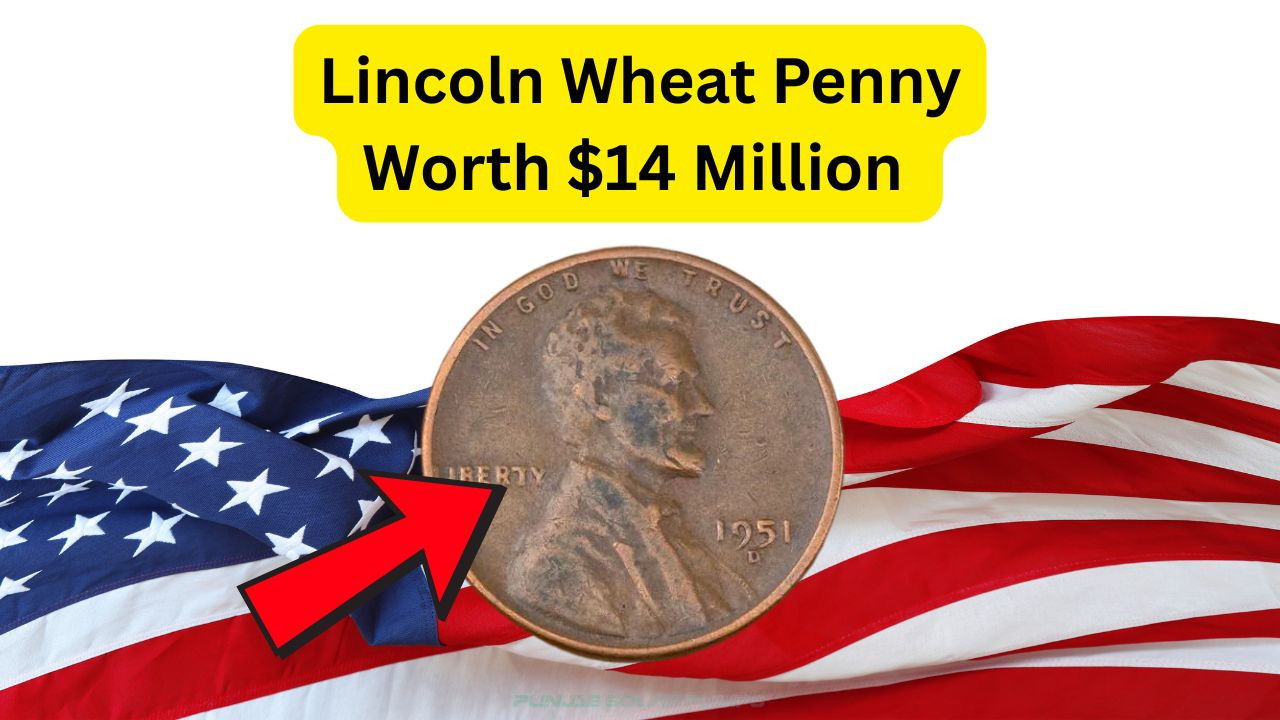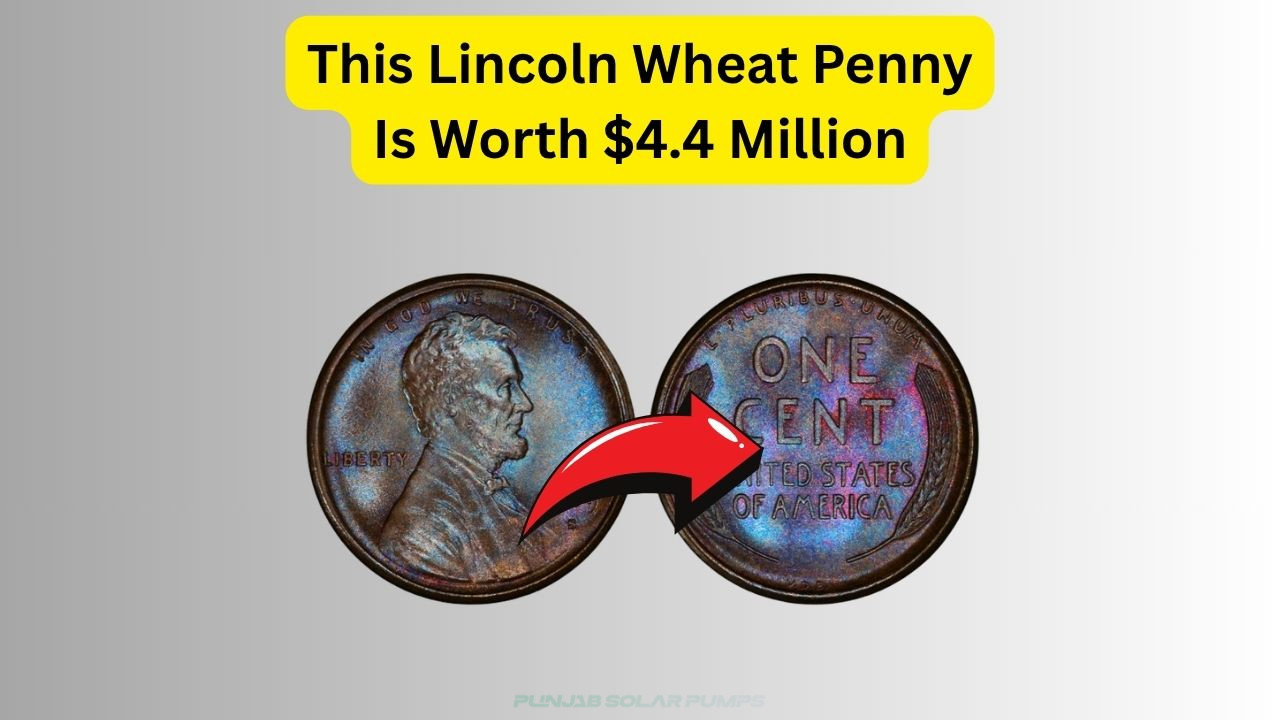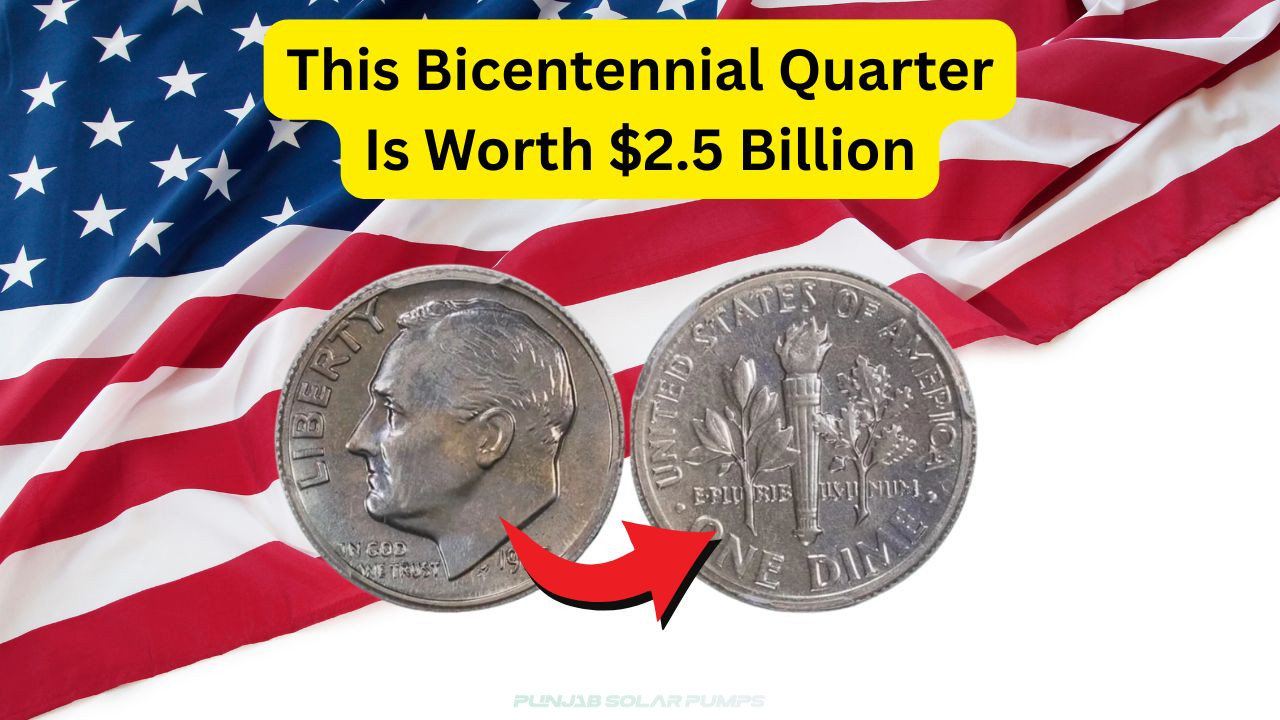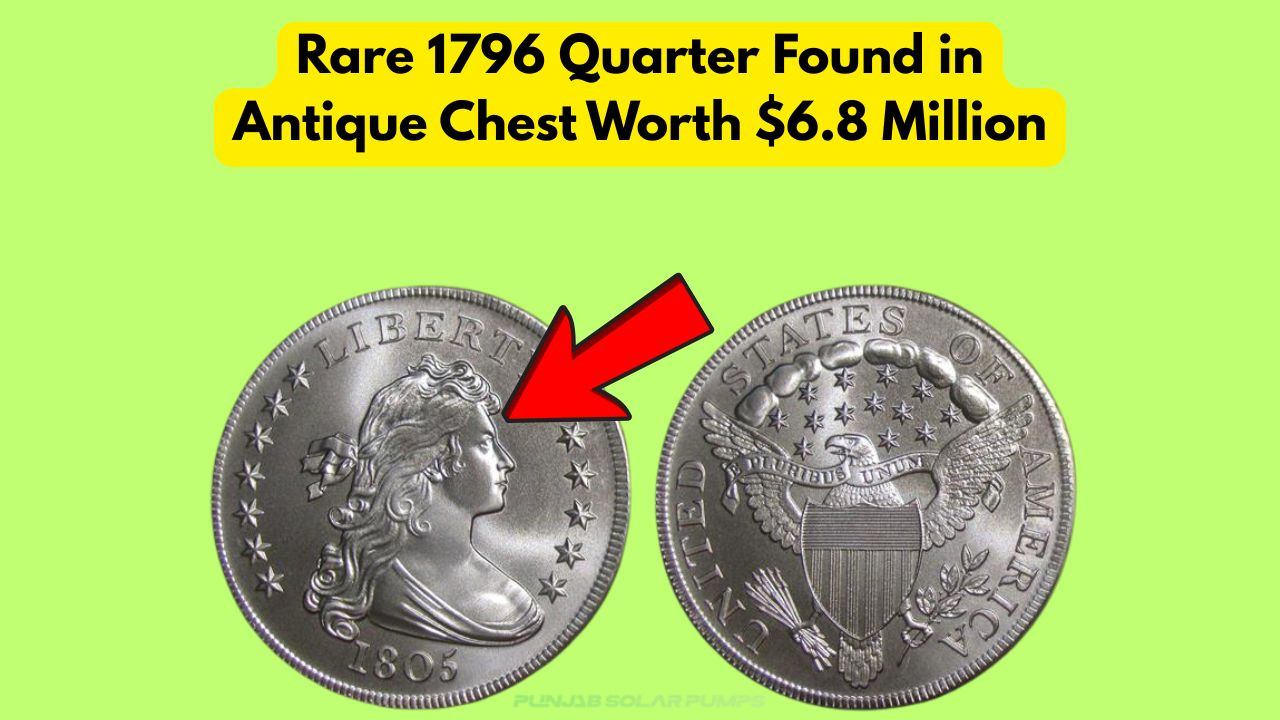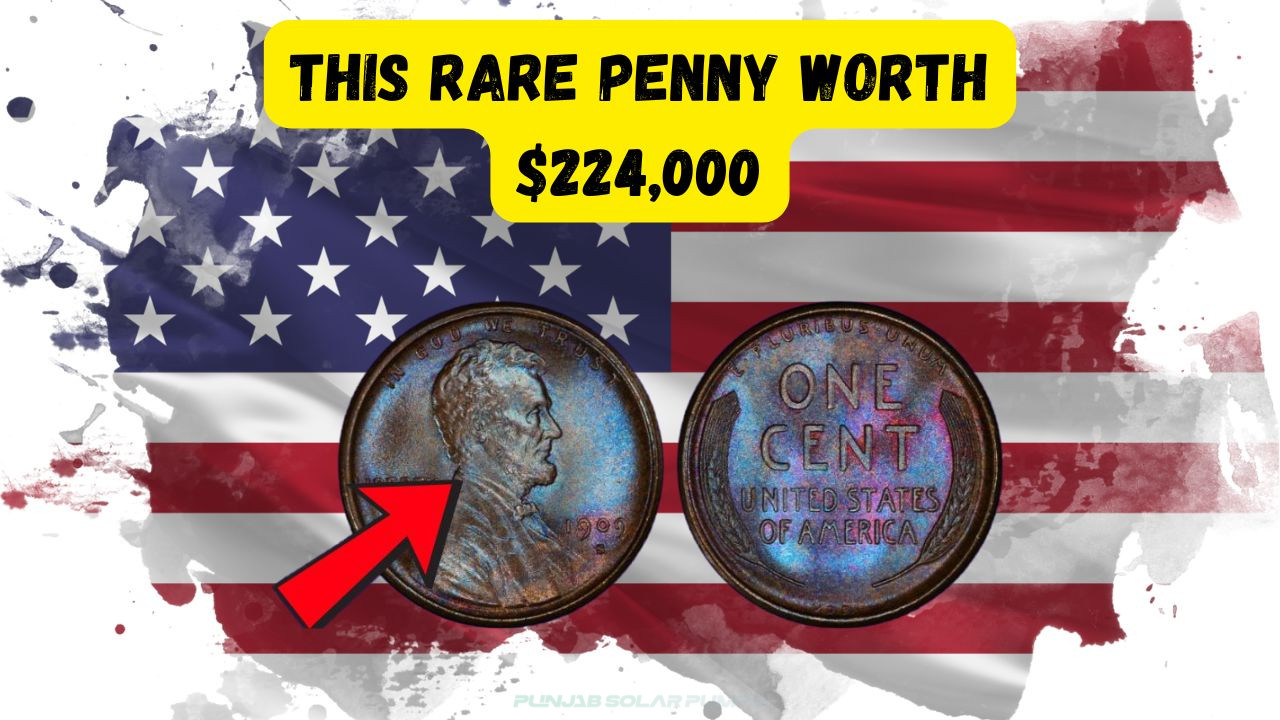$14 Million Lincoln Wheat Penny
Unveiling the $14 Million Lincoln Wheat Penny
$14 Million Lincoln Wheat Penny: Imagine finding a fortune in your pocket change. The Lincoln Wheat Penny, minted between 1909 and 1958, is a collector’s gem, with some rare specimens still in circulation today. Among these, the elusive 1943 copper penny stands out, valued at up to $14 million due to its rarity and historical significance. These pennies, mistakenly minted in copper instead of steel, are a numismatic treasure for enthusiasts and collectors alike, representing a potential windfall for the lucky few who discover them.
- Introduced in 1909 to honor Abraham Lincoln
- Designed by Victor David Brenner
- Made primarily of copper, with a few steel exceptions during WWII
- The 1943 copper penny is one of the rarest
- Valued for its unique mistake during wartime
- Highly sought after by collectors worldwide
- Can be worth up to $14 million at auction
Characteristics of the Lincoln Wheat Penny
The Lincoln Wheat Penny, or “Wheatie,” is iconic in American coinage. It was the first U.S. coin to feature a real person, Abraham Lincoln, on its obverse side. Designed by Victor David Brenner, the penny was introduced in 1909 to commemorate Lincoln’s 100th birthday. Its reverse side displays two stalks of wheat, symbolizing prosperity. While most pennies were made of 95% copper and 5% tin and zinc, the 1943 version was primarily steel due to wartime copper shortages. However, a few copper blanks were mistakenly struck, creating the now-famous 1943 copper penny, a numismatic anomaly highly coveted by collectors.
| Year | Material | Design | Value |
|---|---|---|---|
| 1909-1942 | Copper | Wheat reverse | Varies |
| 1943 | Steel | Wheat reverse | Nominal |
| 1943 | Copper | Wheat reverse | Up to $14 million |
| 1944-1958 | Copper | Wheat reverse | Varies |
| 1959-present | Copper-plated zinc | Lincoln Memorial reverse | Nominal |
| Special editions | Various | Commemorative designs | Varies |
| Error coins | Various | Misprints | Varies |
Hunting for Hidden Treasures
Searching for a $14 million Lincoln Wheat Penny in your spare change is akin to a modern-day treasure hunt. These rare coins often go unnoticed, mixed in with less valuable pennies in circulation. The thrill of discovering one lies in the details: the telltale signs of a 1943 copper penny include its reddish hue and the absence of magnetic properties, unlike its steel counterpart. Enthusiasts often scour coin rolls and bank boxes, hoping to uncover one of these rare gems. The stories of successful finds inspire others, fueling the excitement of finding a hidden fortune in everyday transactions.
- Check your spare change regularly
- Look for specific years and mint marks
- Use a magnet to test for steel pennies
- Examine coins under good lighting
- Compare with known images online
- Consider professional appraisal for rare finds
The Collector’s Market for Wheat Pennies
The collector’s market for Lincoln Wheat Pennies is robust and dynamic, driven by the historical significance and rarity of specific coins. While the 1943 copper penny is the crown jewel, many other variations and mint errors pique collectors’ interests. The 1909-S V.D.B. penny, for instance, is another highly sought-after coin due to its limited mintage. Collectors often attend auctions and coin shows, seeking to add unique pieces to their collections. The value of these coins can fluctuate based on demand, condition, and provenance, making them an intriguing investment for numismatists and history enthusiasts alike.
| Coin | Mintage | Rarity | Est. Value |
|---|---|---|---|
| 1909-S V.D.B. | 484,000 | High | Up to $1,000+ |
| 1914-D | 1,193,000 | Moderate | $200-$2,000 |
| 1922 No D | Unknown | High | $500-$5,000 |
| 1943 Copper | Approx. 20 | Extremely High | Up to $14 million |
Identifying a Genuine 1943 Copper Penny
Identifying a genuine 1943 copper penny requires careful examination and often the expertise of a professional numismatist. The first step is to verify the coin’s date and material. True 1943 copper pennies are non-magnetic and have a distinctive reddish coloration, unlike the common steel versions. Weighing the coin can also provide clues, as copper pennies weigh slightly more than steel ones. Given the high value of these coins, counterfeits are not uncommon. Therefore, authenticity certifications from reputable third-party grading services are crucial for confirming a coin’s legitimacy and ensuring its worth.
- Look for non-magnetic properties
- Check for a reddish copper color
- Compare weight with standard pennies
- Use magnification to inspect mint marks
- Seek professional authentication
- Obtain a grading certificate
- Avoid buying uncertified coins online
Stories of Remarkable Discoveries
Throughout the years, stories of remarkable discoveries of 1943 copper pennies have captivated the public’s imagination. One such tale involves a teenager who found a 1943 copper penny in his lunch money, a discovery that changed his life. Another involves a man who stumbled upon a rare penny while sorting through his grandfather’s coin collection. These anecdotes often feature unexpected circumstances and serendipitous moments, underscoring the allure of coin collecting. They highlight the potential for ordinary individuals to unearth extraordinary treasures, fueling dreams of finding similar fortunes hidden in plain sight.
- Teenager finds $14 million penny in lunch money
- Grandfather’s collection reveals rare gem
- Coin roll hunting uncovers valuable penny
- Yard sale purchase leads to discovery
- Inherited collection hides hidden treasure
Preservation and Care of Rare Pennies
Preserving and caring for rare Lincoln Wheat Pennies is essential to maintaining their value and integrity. Collectors should store these coins in temperature-controlled environments, away from humidity and light, which can cause tarnishing and damage. Using protective cases or holders can prevent scratches and other forms of physical wear. It’s also important to handle coins minimally, preferably with gloves, to avoid oils and dirt from hands transferring onto the coin’s surface. Regular inspections and consults with professional coin conservators can help ensure that these rare treasures retain their historical and monetary value over time.
- Store in climate-controlled environments
- Use protective holders or cases
- Handle with gloves to avoid contamination
- Avoid cleaning coins with chemicals
- Inspect regularly for signs of damage
- Consult with professional conservators
The Future of Lincoln Wheat Pennies
As time progresses, the future of Lincoln Wheat Pennies continues to intrigue collectors and historians. With each passing year, the rarity and value of these coins can increase, especially for those in mint condition or with unique mint errors. The growing interest in numismatics and the nostalgia associated with these coins contribute to their enduring appeal. Additionally, as more coins are discovered and authenticated, the narratives surrounding these treasures continue to evolve, enhancing their cultural significance. For collectors and enthusiasts, the anticipation of future discoveries keeps the legacy of the Lincoln Wheat Penny alive and thriving.
| Year | Material | Design |
|---|---|---|
| 1909-1958 | Copper | Wheat reverse |
| 1959-present | Copper-plated zinc | Lincoln Memorial reverse |
| Special editions | Various | Commemorative designs |
| Error coins | Various | Misprints |
FAQ Section
- What makes the 1943 copper penny so valuable?
- The 1943 copper penny is valuable due to its rarity and the historical error during its minting, making it a highly sought-after collector’s item.
- How can I tell if I have a 1943 copper penny?
- Check the coin’s date, weight, and magnetism. Copper pennies are non-magnetic and have a reddish hue.
- Where can I sell a rare Lincoln Wheat Penny?
- Rare pennies can be sold at auctions, through coin dealers, or via online numismatic marketplaces.
- Are there other valuable Lincoln Wheat Pennies?
- Yes, other valuable pennies include the 1909-S V.D.B. and 1914-D, among others with low mintage or unique errors.
- Should I clean a rare coin before selling it?
- No, cleaning can damage the coin’s surface and reduce its value. Leave any cleaning to professional conservators.
